How to Trade Futures
Futures allow investors and traders to hedge positions or to speculate on price action. Let's look at how to trade futures and why you might want to do it.
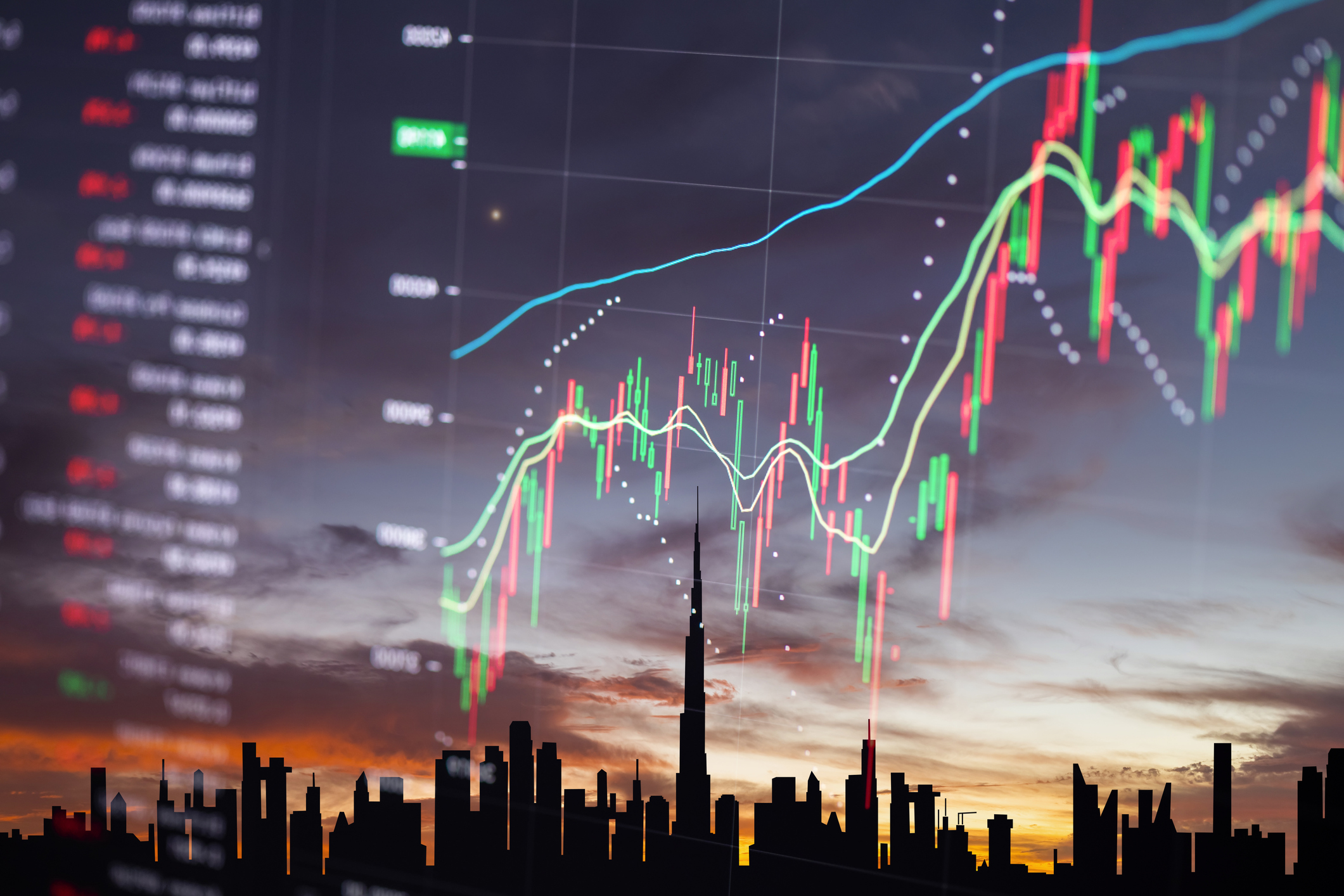

You have to learn to walk before you can run: The same principle applies to investors who want to know how to trade futures.
Before trading these derivatives securities, eager beginners should understand what futures are, how they work and why both professional and experienced retail investors use them.
According to Statista, the number of futures contracts traded globally grew by 142% from 12.13 billion in 2013 to 29.32 billion in 2022.
The options market has grown even faster – options contracts traded increased from 9.42 billion to 54.53 billion from 2013 to 2022 – as investors' appetite for speculation and risk has increased significantly.
To illustrate the fundamental aspects of futures trading, we'll focus on their use with equity securities.
From just $107.88 $24.99 for Kiplinger Personal Finance
Be a smarter, better informed investor.

Sign up for Kiplinger’s Free Newsletters
Profit and prosper with the best of expert advice on investing, taxes, retirement, personal finance and more - straight to your e-mail.
Profit and prosper with the best of expert advice - straight to your e-mail.
However, investors also use futures for commodities, currency, cryptocurrency and fixed-income trading and investing. Indeed, Treasury futures are among the most traded contracts.
But let's start with what's probably most familiar to you, equity futures.
What are equity futures?
Equity futures are derivative contracts between a buyer and a seller.
The buyer agrees to buy a stock at a specified future date for a set price. The seller agrees to sell that same stock to the buyer based on the terms of the derivative contract.
Two-sided trades like these are carried out by the billions daily on futures exchanges such as the Chicago Mercantile Exchange (CME).
It's important to note that the buyer and the seller must meet the terms of their contract. The buyer must buy and the seller must sell.
There is no walking away from your bet, unlike with call and put options, which allow the contract holder to let them expire worthless without a forced settlement. It's a big reason why options have become so popular recently.
The origin of futures in the U.S., according to CME Group's Trader's Guide to Futures, traces to the mid-19th century.
Farmers would sell their crops for immediate delivery at the spot or cash price, or they would agree to deliver the product at a future date. These forward contracts were private agreements between buyers and sellers.
Forward contracts are used mainly by institutional investors today because of their unregulated nature.
How do futures work?
Six components of a futures trade are essential to understand. They are contract size, contract value, tick size, price limits, mark-to-market and margin call.
Here, we dive into each, using the Nasdaq-100 E-Mini futures contract as a real-world example.
Contract size: Every asset traded as a futures contract has a standardized size.
A Nasdaq-100 E-Mini futures contract is $20 times the index's price.
Contract value: This refers to the notional or total value of the underlying asset in a contract. If the Nasdaq-100 trades at $15,000, a single futures contract's notional value is $300,000 ($15,000 times $20).
It's important to understand that the notional value is much higher than the price at which the Nasdaq-100 E-Mini futures contract can be bought or sold.
Using leverage, an investor pays $15,000, or 1/20th of the contract's notional value of $300,000.
Tick size: The tick size is one of the contract specifications set by futures exchanges. It tells you how much you've made or lost on your futures contract at a given time.
The minimum tick size for the Nasdaq-100 E-Mini futures contract is 0.25 point, or $5 per contract (0.25 times $20).
To understand the math, assume that the Nasdaq-100 E-Mini loses 150 points in a single day.
Based on the Nasdaq-100 trading at $15,000, 150 points divided by a minimum tick of 0.25 points equals 600 ticks. If you multiply that by $5 per contract, your loss is approximately $3,000.
An easier way to calculate this is to multiply the contract size of $300,000 by 1%.
Price limits: Some futures exchanges apply limits on daily price fluctuations. This restricts the amount the price of a contract can move in either direction.
These restrictions are put in place to reduce volatility. The CME has price limits of 7%, 13% and 20% on the Nasdaq-100 E-Mini futures contracts.
When prices hit 7% and 13%, up or down, from the previous day's volume-weighted average price (VWAP), trading is halted for 15 minutes to help the market reset.
If they hit 20% in either direction, trading closes for the day.
Mark-to-market: At the end of each trading day, the CME and other futures exchanges set a settlement price for each contract based on the day's closing price range.
A profit is credited to your trading account at your broker. Conversely, a loss is debited.
The exchanges do this to ensure traders have enough capital in their accounts to meet the daily margin requirements or performance bonds.
It's an act of good faith by both the buyer and seller of the futures contract that you will honor the position.
The Nasdaq-100 E-Mini futures contract's margin is approximately 6% of the notional or contract value.
When you consider that you're not buying actual assets but derivatives of those assets, the mark-to-market process is the most sensible way to handle these bets.
Margin call: You've probably seen movies where a margin call appears in the dialog. This happens when the value of your account falls below a certain level set by your broker as part of opening your futures trading account.
Should you fail to rectify the shortfall, your broker could suspend your trading privileges or shut down the account entirely.
Why are futures traded?
To understand why futures are traded, we first need to establish who trades them.
There are generally two types of traders, hedgers and speculators. The former use futures to hedge their price risk. The latter are merely placing bets on the future direction of an asset's price.
An example of a hedger would be a portfolio manager who invests their client's assets in some of the stocks in the Nasdaq-100.
While they believe the stocks bought will move higher, they can hedge their position by selling Nasdaq-100 E-Mini futures contracts to reduce the effect of any stocks in their portfolio potentially retreating in price.
An example of a speculator would be a professional or individual trader who believes the Nasdaq-100 will rise or fall in price in the future.
If they're bullish, they buy Nasdaq-100 E-Mini futures contracts. Conversely, if they're bearish, they sell them.
Now that you know who uses futures contracts, it's time to answer why they do.
It comes down to one word: leverage.
In the example of the Nasdaq-100, if you have $100,000 cash to invest in the Nasdaq-100, you might buy shares of equal value in the Invesco NASDAQ 100 ETF (QQQM).
If you use your margin account to buy the ETF, based on two-to-one leverage, your cash outlay drops to $50,000 to buy $100,000 of QQQM.
Now, here's where leverage and futures contracts make sense.
To capture the same $100,000 in the Nasdaq-100, you could buy one Nasdaq-100 E-Mini future for $15,000 (based on the price in our example above, not the actual market price at this exact moment).
However, it would give you $300,000 in notional value, three times the amount by cash alone or through your margin account at your broker, for significantly less of an outlay in actual cash.
Related content
Profit and prosper with the best of Kiplinger's advice on investing, taxes, retirement, personal finance and much more. Delivered daily. Enter your email in the box and click Sign Me Up.

Will has written professionally for investment and finance publications in both the U.S. and Canada since 2004. A native of Toronto, Canada, his sole objective is to help people become better and more informed investors. Fascinated by how companies make money, he's a keen student of business history. Married and now living in Halifax, Nova Scotia, he's also got an interest in equity and debt crowdfunding.
-
 Four Spa Retreats for Well-Heeled Retirees
Four Spa Retreats for Well-Heeled RetireesWe hand-picked these U.S. spa retreats for their serenity, amenities and dedication to the comfort of older travelers. All are located in the Continental U.S.
-
 Four Military Benefits That Have Helped My Family
Four Military Benefits That Have Helped My FamilyMilitary life can be challenging for servicemembers and their families, but they're offered some significant financial benefits to help cushion the blow.
-
 Buying Gold as an Investment: What to Watch For
Buying Gold as an Investment: What to Watch ForGold is seen as a safe haven, but every investment method carries trade-offs. Here’s how to decide which is right for you.
-
 How Digital Platforms Are Changing the Way You Invest in Gold
How Digital Platforms Are Changing the Way You Invest in GoldInvesting in gold is easier than ever thanks to digital platforms. Learn how online tools are lowering costs, increasing transparency and making gold accessible to all investors.
-
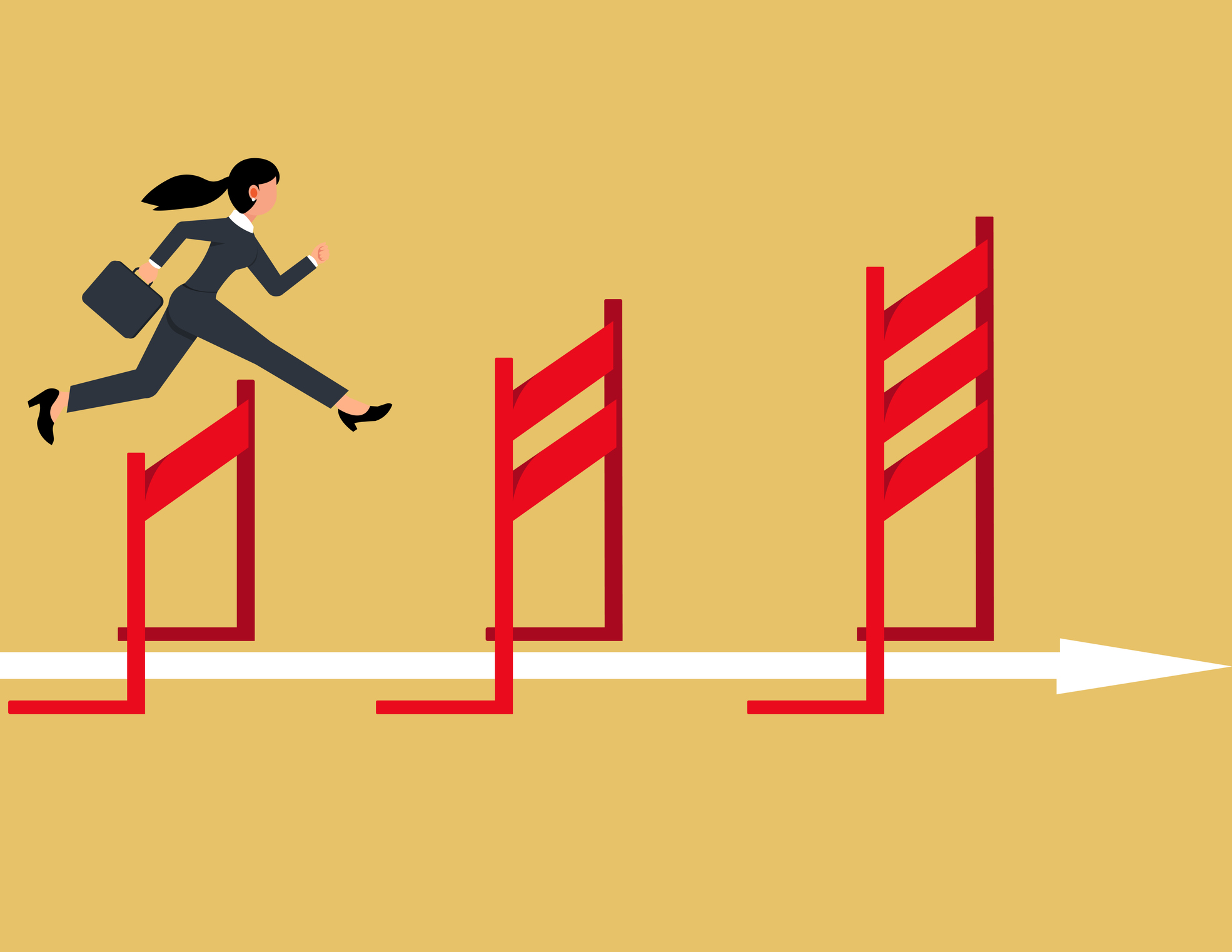 What's Keeping You From Investing? (And How to Overcome It)
What's Keeping You From Investing? (And How to Overcome It)There are lots of reasons folks haven't started investing in the stock market. Here, we look at five common obstacles and how they can be conquered.
-
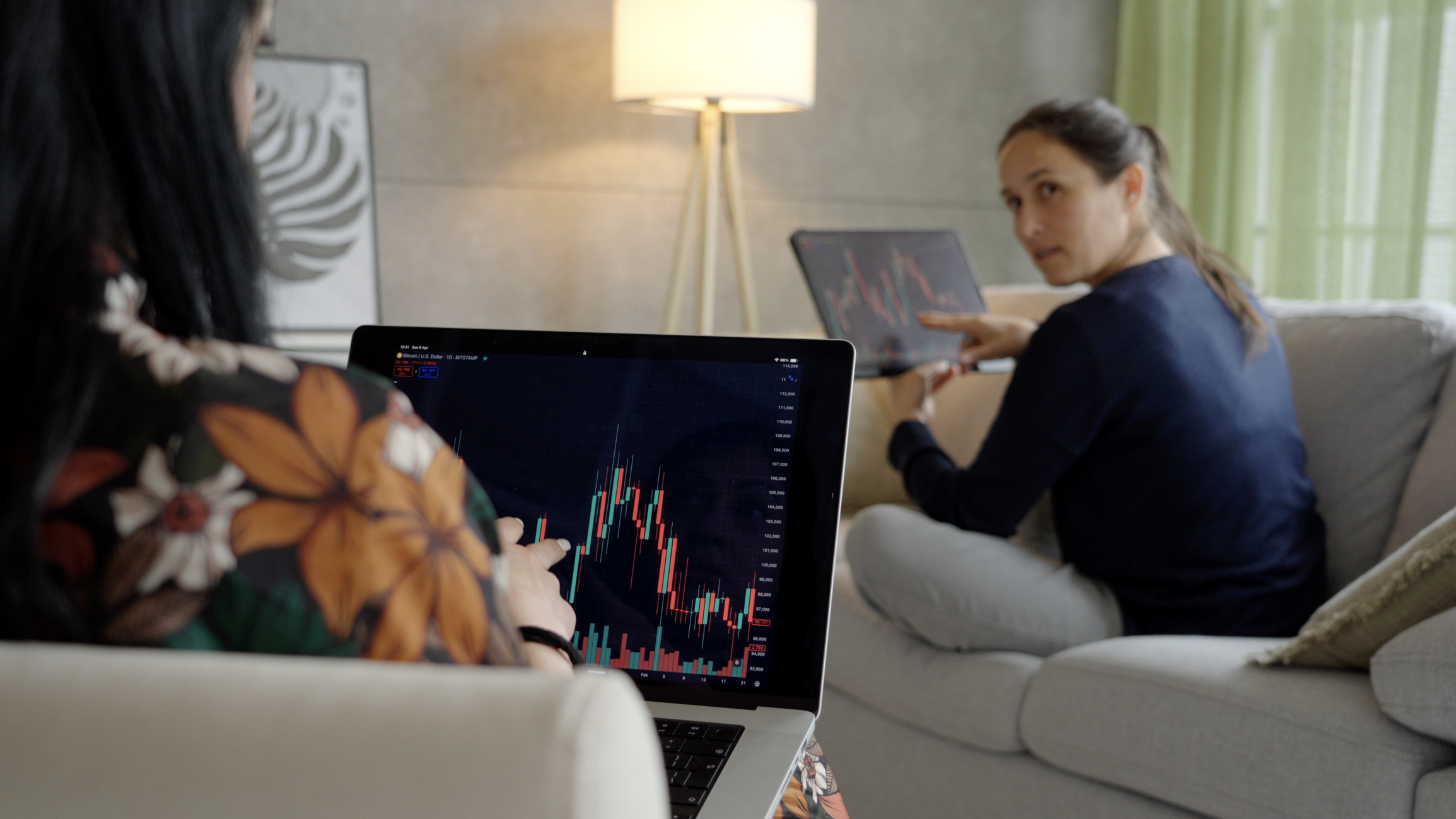 How to Invest in Stocks as a Beginner: A Guide for 2025
How to Invest in Stocks as a Beginner: A Guide for 2025Learning about the market and how to invest can be overwhelming for newcomers. Here's how to invest in stocks as a beginner.
-
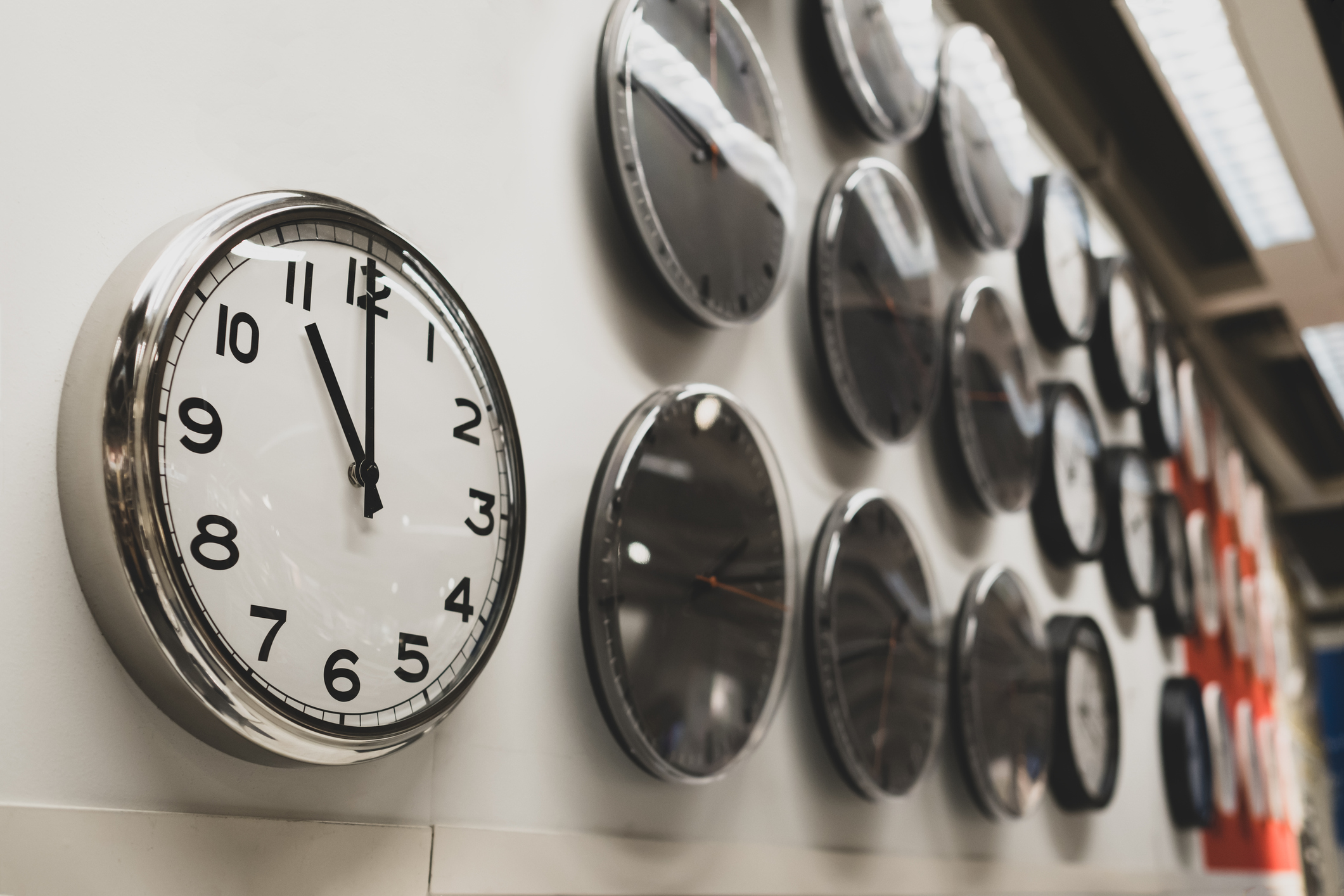 Stock Market Trading Hours: What Time Is the Stock Market Open Today?
Stock Market Trading Hours: What Time Is the Stock Market Open Today?Markets When does the market open? While the stock market does have regular hours, trading doesn't necessarily stop when the major exchanges close.
-
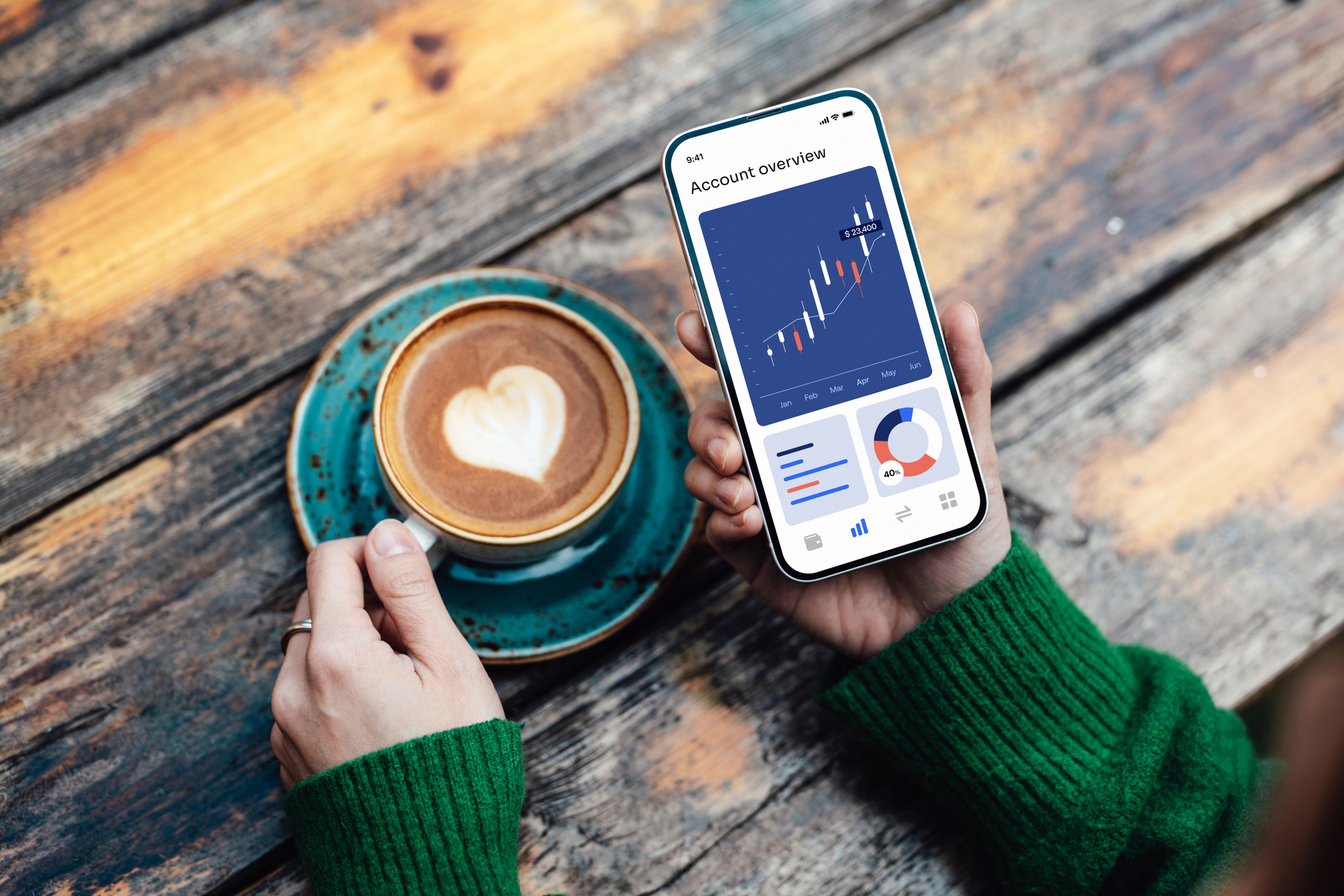 Who Are the Best Small Online Brokers?
Who Are the Best Small Online Brokers?online brokers Small online brokers like Robinhood have shaken up the market for the bigger players. How do they actually stack up?
-
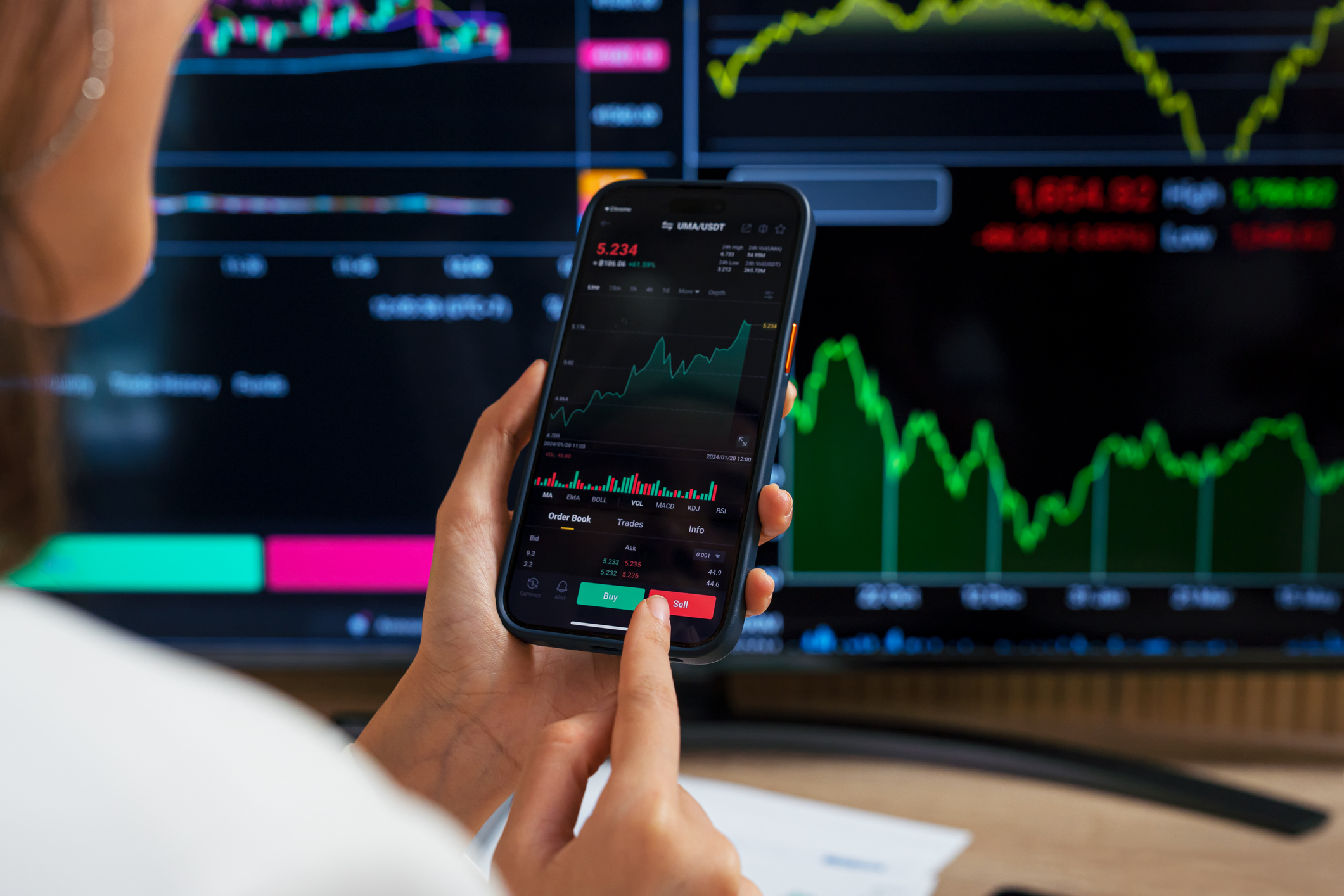 Best Online Brokers and Trading Platforms for 2025
Best Online Brokers and Trading Platforms for 2025online brokers Find the best online brokers using our survey that compares investment offerings, tools, apps, advice and more.